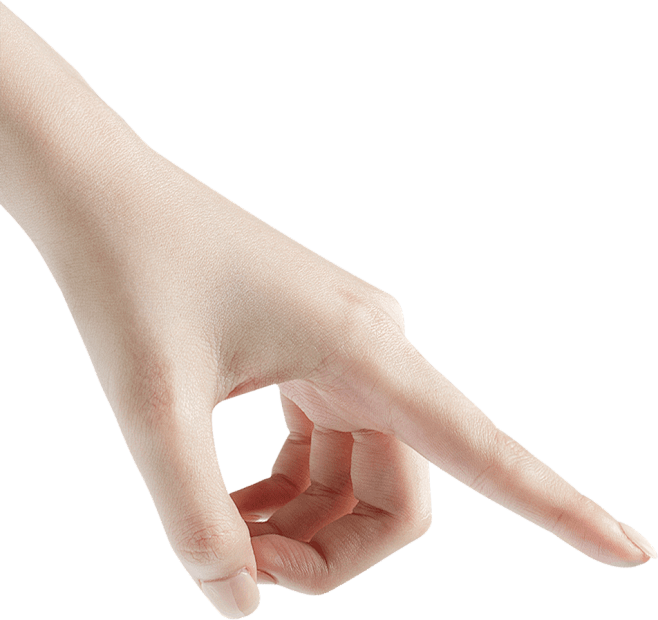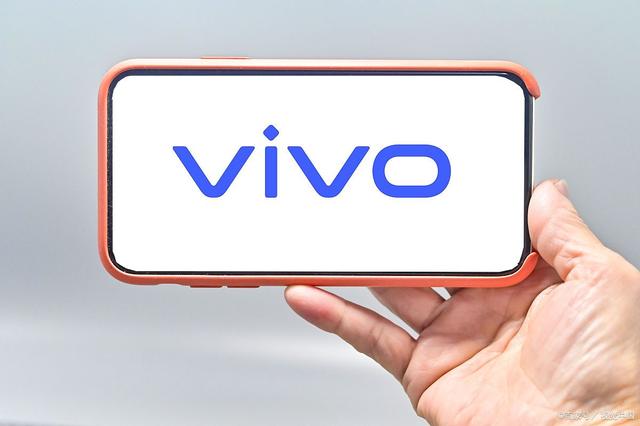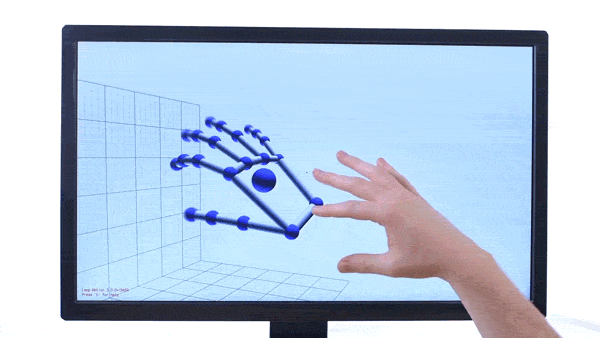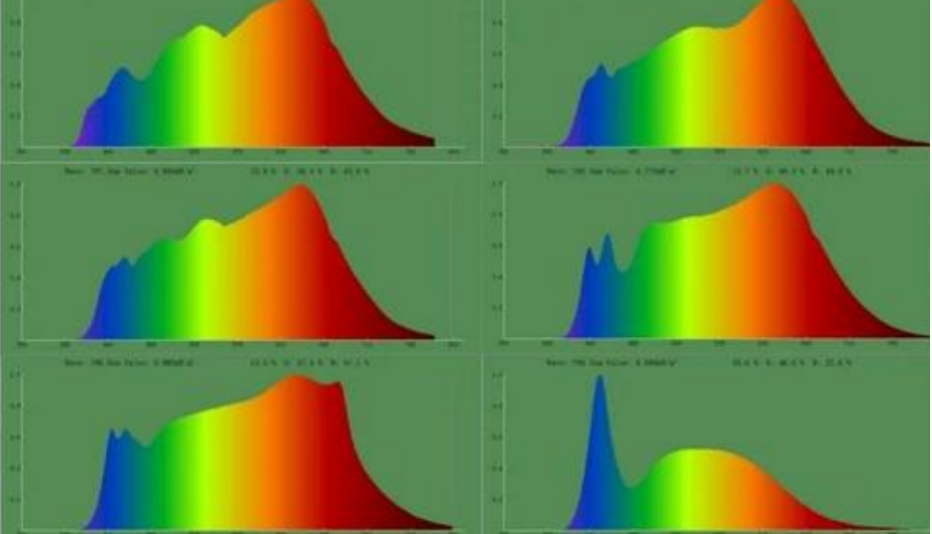VIVO Sign Language Recognition Gives Deaf People Their Technology
Have you ever thought your cell phone can understand what you want to say through gestures? You don't have to plug in a headset or open your mouth, just by the movement of one hand, your phone can “decode” what you want to say. This sounds like the plot of a science fiction movie, but in fact, this is exactly the VIVO cell phone sign language recognition function to bring the real experience! It's not just a technology; it's more like putting a pair of “eyes” on the phone so that it can interact with the user by reading sign language.

Recognising sign language has been a huge challenge in many past technology applications. After all, a phone screen is not a magical ball of omniscience that needs to learn to understand different movements, speeds, hand positions, and other complex factors. VIVO's sign language recognition function, on the other hand, combines deep learning algorithms and image processing technology through advanced AI technology, enabling the phone to capture hand movements through the front camera and then accurately recognise and translate them. This is like equipping the phone with a pair of “smart eyes”, which can accurately analyse every tiny movement of your fingers and then convert these movements into corresponding text or instructions.
Imagine you're chatting with a friend on your VIVO phone, and suddenly, you need to use sign language to communicate with the deaf friend next to you. At this time, you stretch out your hand to make some gestures, and the phone will immediately translate these gestures into text, real-time display on the screen. It's as if the phone suddenly becomes a “translator” between you and your friend, making communication seamless and smooth. The magic of this process is that VIVO's Sign Language Recognition function can accurately capture the details of the gestures, including the shape of the hand, the trajectory of the movement, and the change in speed between gestures. It doesn't just recognise static gestures but reacts to dynamic changes in gestures in real time. For example, when you make the sign language “Hello”, the phone not only recognises your gestures but also accurately determines the beginning, end and change process of the action to ensure that it is converted into accurate text.

The sign language recognition function of the VIVO cell phone is mainly to help deaf friends communicate with the outside world more conveniently, but its scope of application is much more than that. As we all know, sign language is a diverse language system that differs from region to region and country to country. With VIVO's sign language recognition technology, this “language difference” has been compensated to a large extent. Not only deaf people but also any user who wants to understand sign language can use the phone to learn and imitate these movements to further deepen the understanding of sign language culture.
VIVO's sign language recognition function not only enhances the convenience of daily life but also promotes the advancement of accessibility technology, VIVO's innovation is to provide an “equal” communication platform for the deaf community and other speech-impaired people so that they can express their thoughts and participate in the social activities as freely as others. The following is an example of how a deaf person can express his/her thoughts and participate in social activities like others. For example, a deaf person is in a meeting and doesn't need an interpreter but simply communicates with others through gestures, which are converted into text or speech in real-time by a cell phone. You can take photos, adjust the volume, switch pages and other operations through simple gesture control, and simply make the phone into a “magic wand” in your hands!

At present, VIVO's sign language recognition function has already made the phone a very “smart” translation tool, but its potential is much more than that. The phone not only recognises common sign language but also learns the user's gestures and even adapts them to different cultural backgrounds. In the future, you may even be able to control your phone with personalised gestures, and it may become your unique “personal assistant”. From deaf people to ordinary users, everyone can feel the convenience that this technology brings to their lives. It not only solves a practical problem but also makes the technology closer to people's hearts, truly “humanised design”. Cell phones have become able to understand our words, helping many people break through the barriers of communication.
(Writer:Weink)


